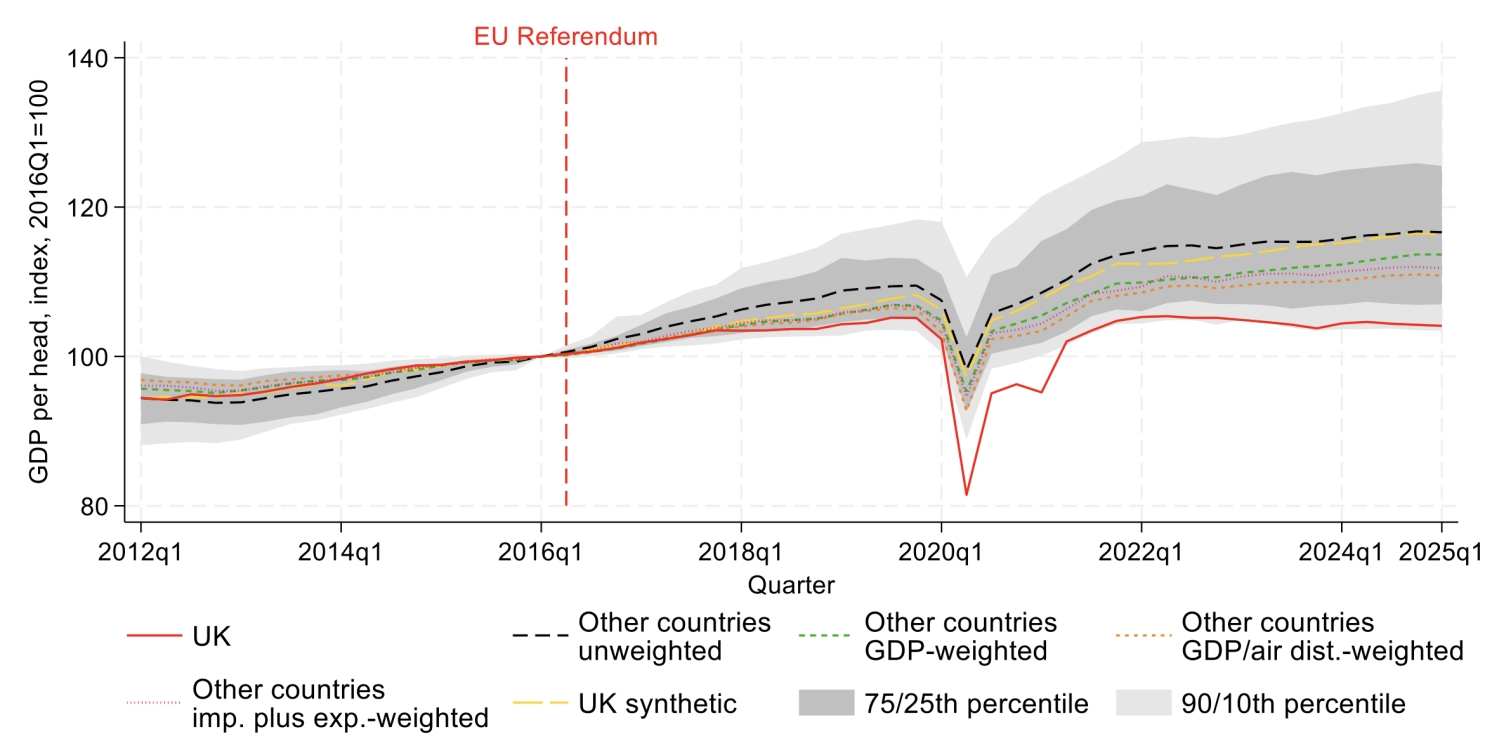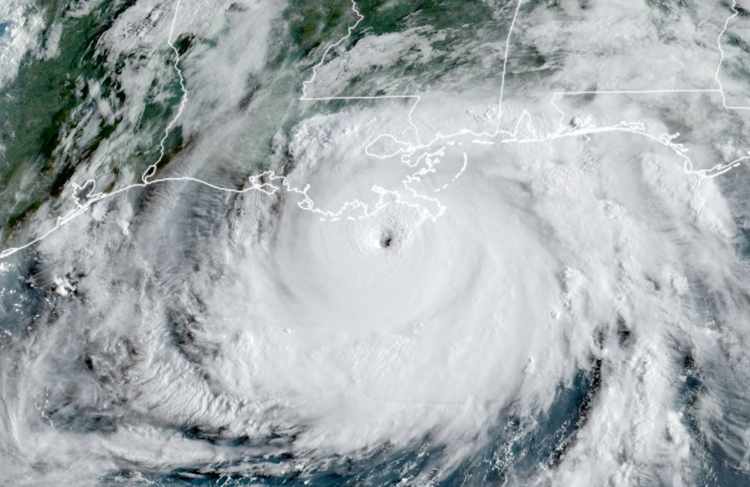The 2023 Atlantic hurricane season is forecast to see below-normal levels of activity, as the La Niña conditions present last year have dissipated and it is expected that El Nino conditions will set in over the coming months, according to Tropical Storm Risk (TSR).
Tropical Storm Risk (TSR), operated by EuroTempest, is one of the forecasters that insurance, reinsurance and insurance-linked securities (ILS) market interests tend to follow.
TSR is always one of the first to come out with a hurricane season forecast around the start of the second-quarter, and as we move ever closer to the June 1st official starting date of the 2023 hurricane season, more forecasts will emerge that we will track over on our dedicated 2023 Atlantic hurricane season page.
We’ve been tracking the hurricane season ever since Artemis began its life back in 1999 and this catastrophe peril remains as critical to the insurance-linked securities, reinsurance and catastrophe bond market as it did then, continuing to present the largest concentration of limit exposure globally.
TSR is forecasting 12 named tropical storms, 6 hurricanes and 2 major hurricanes of Category 3 or greater winds to form during the 2023 Atlantic hurricane season, with Accumulated Cyclone Energy (ACE) of 84 generated.
It’s a forecast for a below-normal level of seasonal activity, with El Nino deemed the main reason for any reduction in tropical storms.
“TSR predicts North Atlantic hurricane activity in 2023 will be about 25-30% below the 1991-2020 30-year norm and about 20% below the long-term 1950-2022 norm,” the forecasters explained.
Adding that, “TSR’s forecast for below-norm activity is due to the weak El Nino conditions expected through summer and autumn 2023. The La Niña conditions present last year have dissipated and a transition to weak El Nino conditions is expected through spring and summer, which favours enhanced trade wind strength, reduced vorticity and higher vertical wind shear over the tropical North Atlantic and Caribbean Sea where hurricanes form.”
However, it’s important to note that some of the ENSO forecasters are now calling for the transition to El Nino conditions to accelerate as the summer months progress.
Some are calling for a relatively strong El Nino by around October, which could point to the potential for any tropical storm activity to front-load the 2023 Atlantic hurricane season, with the latter weeks of it potentially quieter.
However, as TSR rightly says, “large uncertainties remain,” which is always the case with hurricane season, given it only takes a single major landfalling storm to cause significant economic impacts and as a result losses to insurance, reinsurance and ILS market interests.
The forecast strength of El Niño Southern Oscillation is cited as perhaps the main uncertainty over the 2023 hurricane season activity levels.
As well as just how warm the tropical Atlantic will be in August-September.
“Also variance exists in the level of hurricane activity possible from the same climate factors and due to potential influences from variables which cannot be predicted, such as Saharan air outbreaks over the tropical Atlantic,” TSR notes.
TSR provides some long-range forecasts for United States landfalling hurricanes and tropical storms for the 2023 season.
The forecasters state that 3 landfalls from tropical storms are possible, and 1 landfalling US hurricane this year.
That’s also a little below the 30-year climate norm, of 3.8 named storm landfalls and 1.6 hurricanes.
It’s still very early and with an El Nino developing, there is significant uncertainty over actual 2023 Atlantic hurricane activity levels.
As ever, a single storm or hurricane could make landfall in a highly urbanised area of coastline or major city and cause significant insurance and reinsurance market losses, with ramifications for ILS and catastrophe bonds.
All eyes will be on the tropics as the season officially begins in June and eyes will also be on the higher attachment points much of the ILS capital in the market is now being deployed at when any storms do threaten the United States. We’ll keep you updated as the second-quarter progresses with additional forecasts.
Track the 2023 Atlantic tropical storm and hurricane season on our dedicated page and we’ll update you as new information emerges.






































